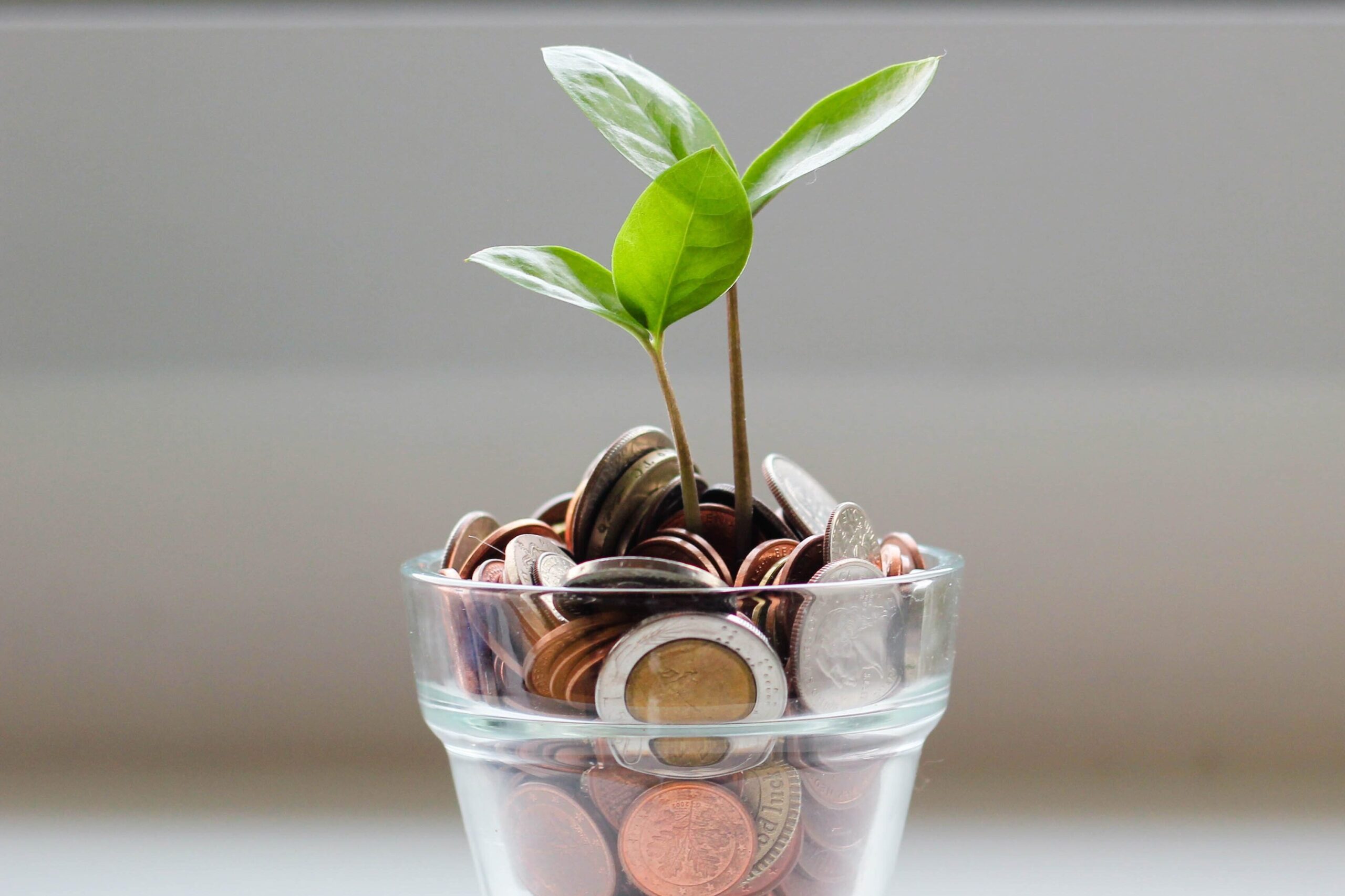
With an ever-increasing tax burden, it’s important to structure your finances tax efficiently.
Structure your finances tax efficiently
Making the most of available tax allowances and tax-free savings is key to structuring your money tax efficiently. Understanding how to structure your finances tax efficiently can significantly impact your financial future. ISAs are one of the most effective tax-saving tools letting you save and invest up to £20,000 a year tax-free. Using ISAs and tax-free allowances helps you structure your finances to minimise the tax you pay on your income.
UK tax-free allowances
Several annual tax allowances allow UK individuals to earn certain types of income tax-free. The main allowances for the tax year 2024/25 are:
| Tax-free allowance | Amount | Details of income |
|---|---|---|
| Personal allowance (Tax code of 1257L) | £12,570 | UK individuals can earn income up to £12,570 a year tax-free |
| Capital gains allowance | £3,000 | Profit on sale of assets – such as shares, property and art |
| Personal savings allowance – Basic rate taxpayers | £1,000 | Interest on savings |
| Personal savings allowance – Higher rate taxpayers | £500 | Interest on savings |
| Starting rate savings allowance | £5,000 | Available in full if your other income is less than £12,570 |
| Dividend allowance | £500 | Dividend income from shares |
| Trading allowance | £1,000 | For trading or casual income |
| Rent a room scheme | £7,500 | Income from letting a furnished room in your home |
| Marriage allowance | £1,260 | Couples can save up to £252 in tax |
The tax allowances let UK individuals earn various types of income tax-free. Income above the allowance thresholds is taxable at different rates depending on the type of income and the tax band that your income falls within. Below are details of the type of income and applicable tax rates for the three tax bands.
Tax rates on income exceeding the allowance thresholds
Basic rate taxpayers:
- Income – 20%
- Capital gains – 18%
- Dividends – 8.75%
Higher rate taxpayers:
- Income – 40%
- Capital gains – 24%
- Dividends – 33.75%
Additional rate taxpayers:
- Income – 45%
- Capital gains – 24%
- Dividends – 39.35%
Tax bands and rates
| Tax band | Range | I | CG | D |
|---|---|---|---|---|
| Personal allowance | up to £12,570 | 0% | 0% | 0% |
| Basic rate | from £12,570 to £50,270 | 20% | 18% | 8.75% |
| Higher rate | from £50,271 to £125,140 | 40% | 24% | 33.75% |
| Additional rate | Over £125,140 | 45% | 24% | 39.35% |
The above rates are applicable for England, Wales, and Northern Ireland. Scotland has different bands and rates : Income Tax in Scotland: Current rates – GOV.UK
In the above table, the tax rates in column “I” apply to income, such as employment income, income from self-employment, interest received, pension income, property income etc, that falls within the specified income band range.
The rates in column “CG “are the capital gains tax rates applicable to income from capital gains above the £3,000 threshold falling within the income range, while the rates in column D apply to dividend income exceeding the £500 dividend allowance.
The UK tax system is a marginal rate system, which means only the amount of income that falls within a higher tax band is taxed at a higher rate. Income falling within the lower tax band is still taxed at the lower tax rate.
Income is taxed in a specific order on self assessment tax returns. If you would like to learn more, click on the link below:
How to calculate your tax bill – Which?
Employment income
If you qualify for the full personal allowance of £12,570 (tax code 1257L), the first £12,570 of your income is taxed at 0%. The next £37,700 of your income is taxed at 20%. Income over £50,270 is taxed at 40% and income over £125,140 is taxed at 45%.
Capital gains
Profits over £3,000 on capital gains from the sale of taxable assets, such as shares, property, and art, incur tax at 18% for basic rate taxpayers and 24% for higher and additional rate taxpayers.
Dividends
Dividends over £500 falling within the basic rate tax band of £50,270 incur a tax of 8.75%, while dividends that fall in the higher rate band are taxed at 33.75%. Any dividend income falling in the additional tax band (income over £125,140) is taxed at 39.35%.
Savings interest
Savings interest up to £1,000 a year is tax-free for basic rate taxpayers. Higher-rate taxpayers have a tax-free allowance of £500, while additional-rate taxpayers have no allowance.
Starting savings rate allowance
The starting rate for savings allows you to earn up to £5,000 in savings interest tax-free, but it’s only available if your other income (like wages and pensions) is £17,570 or less for the year. The allowance is reduced by £1 for every £1 of other income earned over £12,570.
For example:
- If your other income is £12,570 (equal to the Personal Allowance), you get the full £5,000 allowance.
- If your other income is £15,070, you get a £2,500 allowance.
- If your other income is £17,570 or more, you get no allowance.
You still receive the £1,000 personal savings allowance, meaning you can earn an additional £1,000 in tax-free interest in the above examples.
Rent a room
You can rent out furnished accommodation in your home under the rent a room scheme and earn up to £7,500 per year tax-free. To learn more about this, visit the HMRC page at: Rent a room in your home: The Rent a Room Scheme – GOV.UK
Side hustle
If you have additional income from casual or self-employment you can earn £1,000 a year tax-free. Any income above this amount must be declared on a self assessment tax return. To learn more visit HMRC: Income Tax Rates and Personal Allowances : Current rates and allowances – GOV.UK
Marriage allowance
The marriage allowance lets you transfer up to £1,260 of your personal allowance to your partner, potentially reducing their tax by up to £252. To be eligible for this allowance, the lower earner of the couple usually needs to earn less than the personal allowance of £12,570. You can find out more at HMRC’s website: Marriage Allowance: How it works – GOV.UK
Non-standard tax code
The standard tax code is 1257L, which gives you the full £12,570 personal allowance. Your code might be different if you’ve underpaid tax or receive taxable benefits from your employer (known as benefits in kind). These adjustments change both your tax allowance and code from the standard 1257L.
For instance, if you have a tax code of 950L, this means:
- Your tax-free allowance is £9,500 – the maximum you can earn tax-free.
- You will pay 20% tax on the next £37,700 of earnings
- Any income above £47,200 (£9,500 + £37,700) is taxed at 40%
If you are a high earner, the £12,570 personal allowance decreases once you earn over £100,000. For every £2 you earn above £100,000, you lose £1 of allowance. Once you earn £125,140, the allowance is forfeited completely. This creates a punitive tax rate for people earning between £100,000 and £125,140 as they effectively pay 60% tax on income in this range.
Tax structuring strategies
Making sure you invest time in structuring your finances and building a money strategy is important. This will help you minimise your tax bill, by making the most of the tax-free allowances and tax-free vehicles, such as ISAs. Here are a few common tax strategies that can help you reduce your taxes:
ISAs
An ISA lets you earn interest, dividends and capital gains on your savings and investments tax-free. You can save up to £20,000 into ISAs each year, and when you withdraw money, it’s completely tax-free.
Capital gains on assets
For any potential capital gains that are outside of an ISA, consider spreading the sale of the assets over several years. This way you can limit the sale proceeds so that profits fall within the annual tax-free £3,000 capital gains allowance.
Transfer stocks and shares to ISAs
Consider gradually transferring shares held in a regular investment account into an ISA. As long as the profit from selling the shares is within the £3,000 capital gains allowance and the total value of the shares is below the £20,000 ISA limit, you should be able to transfer them into an ISA without paying tax.
Dividend income
The tax-free dividend allowance is just £500, which makes ISAs particularly appealing for protecting dividend income from tax. This is especially beneficial for investments in shares with high dividend yields.
Pension contributions
Contributing to a personal pension can help reduce the tax you pay on dividends by increasing your basic rate tax threshold. For example:
If you have an annual salary of £51,000 and earn £2,000 in dividends:
- The first £500 of the dividend income is tax-free (your dividend allowance)
- The remaining £1,500 is taxed at 33.75% as it falls in the higher rate band
However, if you make personal pension contributions of £3,000 into a personal pension:
- This increases your basic rate tax band to £53,270
- Your dividends will then fall within the basic rate tax band
- The tax rate on the dividends decreases to 8.75%
Keep in mind that while this strategy helps with dividend tax, it doesn’t affect how much capital gains tax you pay.
SIPP – Self-invested personal pension
Contributions to a personal pension receive tax relief of 20%, effectively reimbursing the tax deducted from income as PAYE. Dividends and capital gains earned within a SIPP are excluded from dividend and capital gains tax. When you access your pension, you can take 25% tax-free either as a lump sum or gradually over time. The remaining 75% may be taxable and will be taxed based on your income level and tax band.
And finally
Structuring your money tax efficiently can significantly impact your long-term wealth. By making full use of your personal allowances, ISAs, and pension contributions, you can minimise your tax liability while building your savings and investments for the future. Tax rules and allowances can change with each tax year, so it’s advisable to review your tax planning strategy annually and consider seeking professional financial advice for your specific circumstances.
To learn more about ISAs and SIPPs click on the following links:
